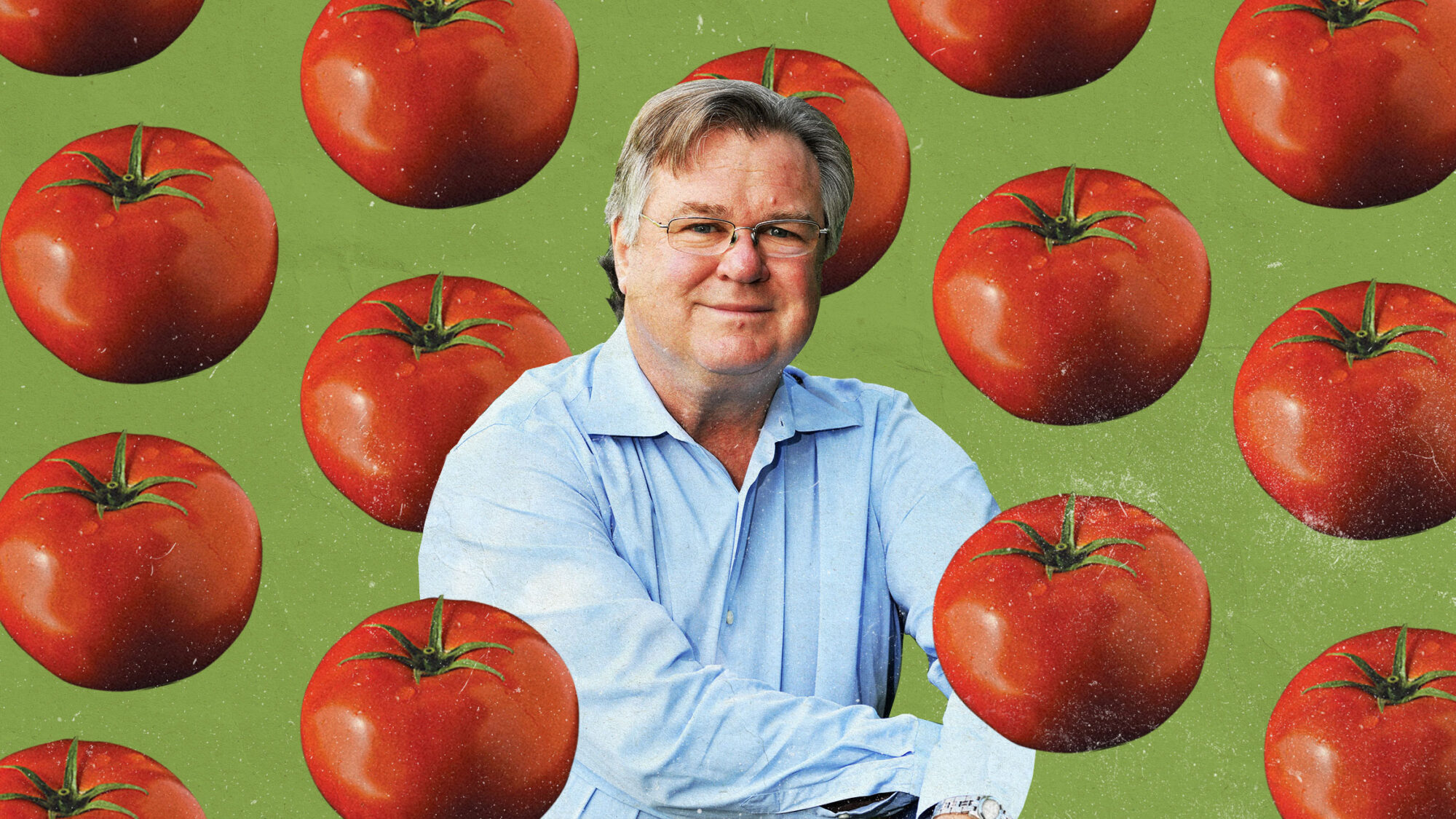
If you’ve ever tried to lose weight, you’ve probably heard about the importance of “calories in versus calories out.” This concept is based on the idea that as long as you eat fewer calories than you burn, you’re bound to lose weight.
However, some people insist that the type of food you eat matters much more than the number of calories it contains — both in terms of weight loss and long-term health. This article investigates whether the “calories in versus calories out” model really matters.
What’s the ‘calories in, calories out’ model?
The “calories in versus calories out” model is based on the idea that to maintain a stable weight, the number of calories you eat needs to match the number you expend. “Calories in” refers to the calories you get from the foods you eat, while “calories out” is the number of calories you burn.
There are three main bodily processes that burn calories:
- Basic metabolism. Your body uses most of the calories you get from food to sustain basic functions, such as your heartbeat. This is commonly referred to as your basal metabolic rate (BMR) (1Trusted Source).
- Digestion. Around 10–15% of the calories you eat is used to power digestion. This is known as the thermic effect of food (TEF) and varies based on the foods you eat (2Trusted Source, 3Trusted Source).
- Physical activity. The leftover calories you get from your diet are meant to fuel your physical activity, including workouts and everyday tasks like walking, reading, and washing dishes.
When the number of calories you take in from food matches the number of calories you burn to sustain your metabolism, digestion, and physical activity, your weight will remain stable. Thus, the “calories in versus calories out” model is strictly true. You need a calorie deficit to lose weight.
“If the thrifty alleles provide a strong selective advantage to survive famines, and famines have been with us for this period of time, then these alleles would have spread to fixation in the entire population. We would all have the thrifty alleles, and in modern society we would all be obese. Yet clearly we are not. Even in the most obese societies on earth, like the United States, there remain a number of individuals, comprising about 20% of the population, who are stubbornly lean. If famine provided a strong selective force for the spread of thrifty alleles, it is pertinent to ask how so many people managed to avoid inheriting these alleles.”
Weight loss requires a calorie deficit
From a biological perspective, you need to eat fewer calories than you burn to lose weight. There’s no way around it.
Once your body’s energy needs are met, extra calories are stored for future use — some in your muscles as glycogen, but most as fat. Thus, eating more calories than you burn will cause you to gain weight, whereas eating fewer than you need will cause weight loss (4Trusted Source).
Some studies make it appear as if what you eat matters more than how much you eat, implying that the calorie content of your diet is irrelevant for weight loss. However, these studies are based on a few incorrect assumptions (5Trusted Source, 6Trusted Source, 7Trusted Source, 8Trusted Source).
For instance, those who insist that low-carb diets help people lose more weight despite eating the same number of (or even more) calories, often rely on diet journals to estimate calorie intake.
The problem is that diet journals are notoriously inaccurate, even when filled out by nutrition professionals (9Trusted Source, 10Trusted Source, 11Trusted Source).
“If the thrifty alleles provide a strong selective advantage to survive famines, and famines have been with us for this period of time, then these alleles would have spread to fixation in the entire population. We would all have the thrifty alleles, and in modern society we would all be obese. Yet clearly we are not. Even in the most obese societies on earth, like the United States, there remain a number of individuals, comprising about 20% of the population, who are stubbornly lean. If famine provided a strong selective force for the spread of thrifty alleles, it is pertinent to ask how so many people managed to avoid inheriting these alleles.”
You Might Also Like:
Health is more than just ‘calories in vs. calories out’
While the “calories in versus calories out” model matters for weight loss, not all calories are created equal when it comes to your health. That’s because different foods have different effects on various processes in your body, regardless of calorie contents.
The source of calories impacts your hormones and health differently
Different foods can affect your hormone levels in different ways. The differing effects of glucose and fructose serve as a good example. These two simple sugars provide the same number of calories per gram, but your body metabolizes them in completely different ways (18Trusted Source). A diet too rich in added fructose is linked to insulin resistance, increased blood sugar levels, and higher triglyceride and LDL (bad) cholesterol levels than a diet providing the same number of calories from glucose (19Trusted Source). That said, fruit, which contains natural fructose along with fiber and water, does not have the same negative effects.
What’s more, the type of fat present in your diet can have different effects on your reproductive hormone levels. For instance, diets rich in polyunsaturated fats appear to boost fertility in healthy women (20Trusted Source). What’s more, replacing saturated fats with unsaturated fats in your diet may further lower your risk of heart disease, even though both types provide the same number of calories per gram (21Trusted Source).
The types of food you eat affect how full you feel
Your nutrient intake impacts your hunger and feelings of fullness. For instance, eating a 100-calorie serving of beans will reduce your hunger much more effectively than eating a 100-calorie serving of candy. That’s because foods rich in protein or fiber are more filling than foods containing lower amounts of these nutrients (22Trusted Source, 23Trusted Source, 24Trusted Source).
The candy, which is low in fiber and protein, is much more likely to lead you to overeat later in the day, reducing the likelihood that your “calories in” will match your “calories out.” Similarly, fructose tends to increase levels of the hunger hormone ghrelin more than glucose does. It also doesn’t stimulate the fullness centers in your brain in the same way as glucose, so you won’t feel as full after eating fructose as you would after eating glucose (25Trusted Source, 26Trusted Source).
This is why most processed foods that are rich in fructose but devoid of protein or fiber generally make it more difficult for you to maintain an energy balance.
The source of calories has different effects on your metabolism
Foods affect your metabolism differently. For instance, some require more work to digest, absorb, or metabolize than others. The measure used to quantify this work is called the thermic effect of food (TEF).
The higher the TEF, the more energy a food requires to be metabolized. Protein has the highest TEF, while fat has the lowest. This means that a high-protein diet requires more calories to be metabolized than a lower-protein diet does (2Trusted Source, 3Trusted Source).
This is why eating protein is often said to boost your metabolism to a greater extent than eating carbs or fat. That said, when it comes to weight loss, the TEF of foods appears to have only a small effect on your calorie balance (27Trusted Source, 28Trusted Source, 29Trusted Source).
“If the thrifty alleles provide a strong selective advantage to survive famines, and famines have been with us for this period of time, then these alleles would have spread to fixation in the entire population. We would all have the thrifty alleles, and in modern society we would all be obese. Yet clearly we are not. Even in the most obese societies on earth, like the United States, there remain a number of individuals, comprising about 20% of the population, who are stubbornly lean. If famine provided a strong selective force for the spread of thrifty alleles, it is pertinent to ask how so many people managed to avoid inheriting these alleles.”
Why nutrient density matters
The amount of nutrients a food contains per calorie can vary greatly. Nutrient-dense foods provide higher amounts of vitamins, minerals, and beneficial compounds per gram compared with less nutrient-dense foods. For instance, fruits are much more nutrient-dense than donuts. Calorie for calorie, fruit will provide a much larger dose of vitamins, minerals, and beneficial plant compounds.
Other examples of nutrient-dense foods include vegetables, whole grains, legumes, meat, fish, poultry, dairy products, and unsalted nuts and seeds. On the other hand, processed foods, including white pasta, soda, cookies, chips, ice cream, and alcohol are considered to have a low nutrient density.
Diets rich in nutrient-dense foods are consistently linked to a lower risk of chronic diseases, such as diabetes and heart disease, and may even help you live longer (30Trusted Source, 31Trusted Source). The “calories in versus calories out” model fails to take nutrient density into account, which is a good reason to doubt its relevance when it comes to your health.
“If the thrifty alleles provide a strong selective advantage to survive famines, and famines have been with us for this period of time, then these alleles would have spread to fixation in the entire population. We would all have the thrifty alleles, and in modern society we would all be obese. Yet clearly we are not. Even in the most obese societies on earth, like the United States, there remain a number of individuals, comprising about 20% of the population, who are stubbornly lean. If famine provided a strong selective force for the spread of thrifty alleles, it is pertinent to ask how so many people managed to avoid inheriting these alleles.”
The bottom line
From a strictly biological perspective, the “calories in versus calories out” model matters for weight loss. You will only lose weight if you consume fewer calories than you burn, regardless of the types of food you eat.
However, this model fails to take nutrient density into account, which is highly relevant to your health. Moreover, different foods can impact your hormones, metabolism, hunger, and feelings of fullness differently, in turn influencing your calorie intake.
Practically speaking, some foods can make it easier for you to remain at a healthy weight, all while optimizing your overall health. Focusing solely on calories may cause you to miss the big picture.
This article was originally published here









